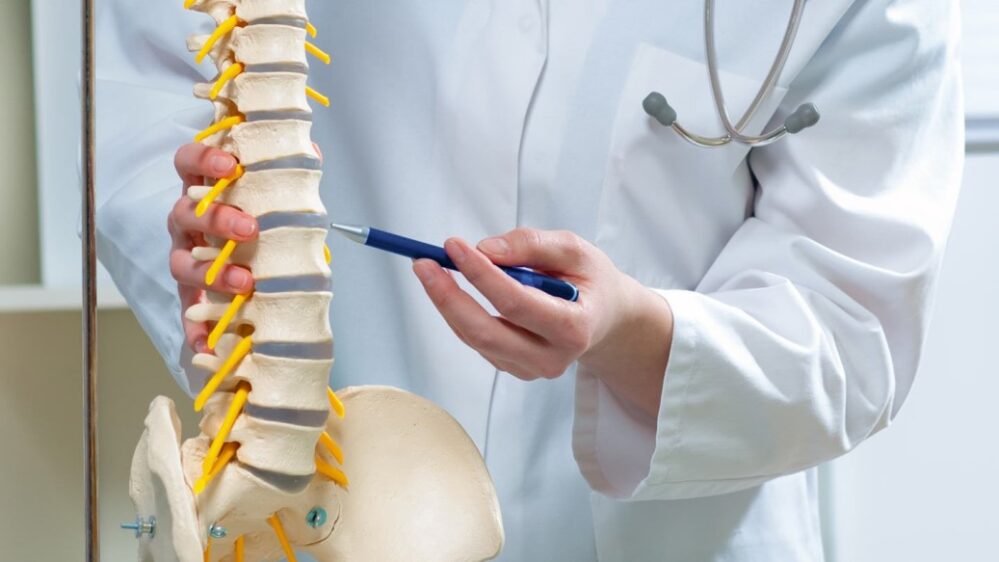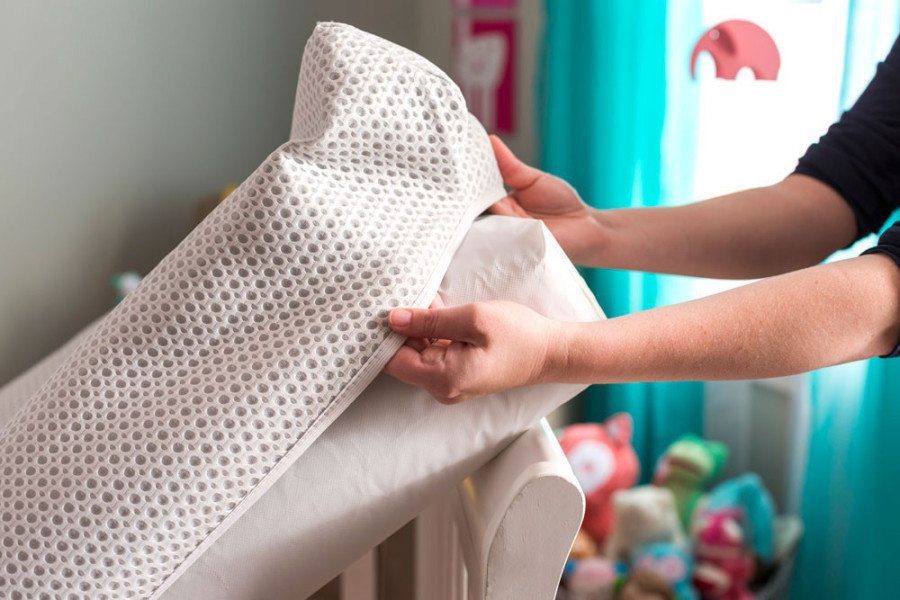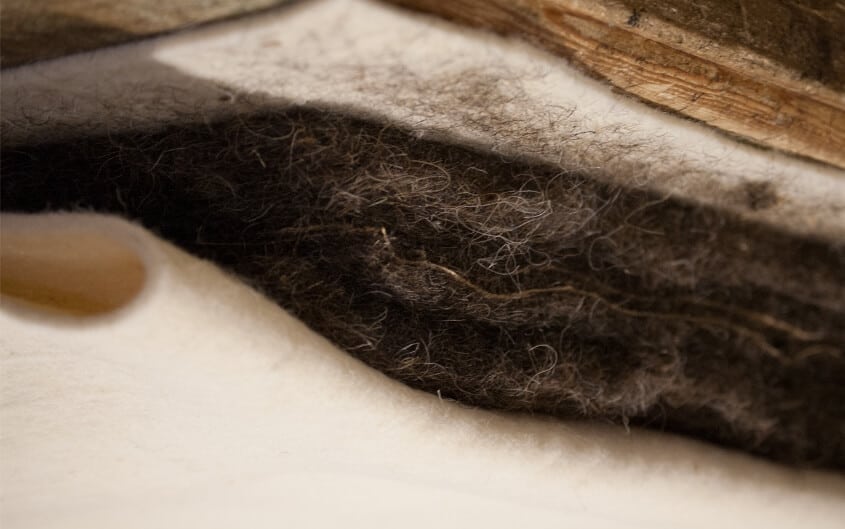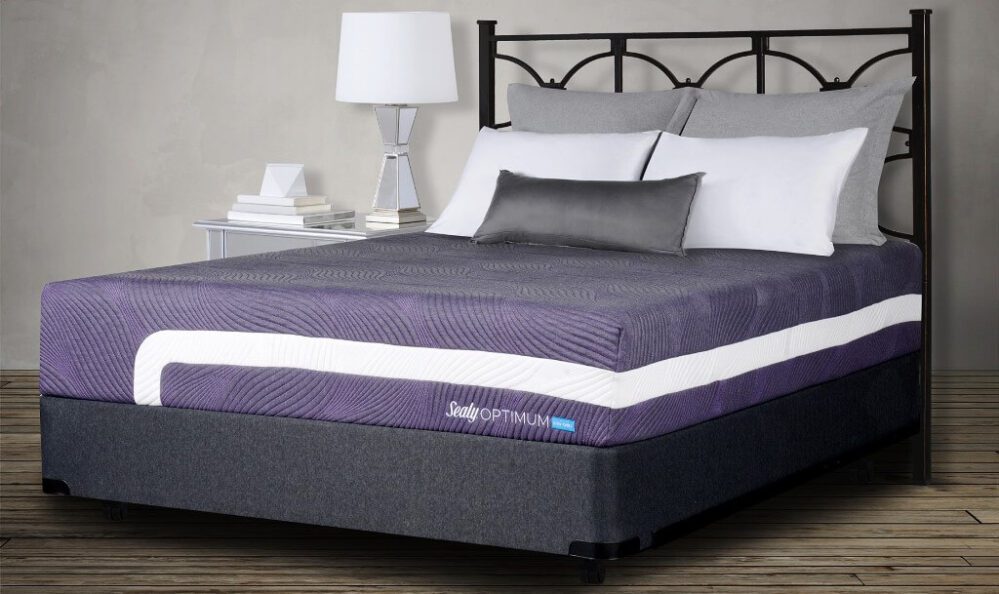
Back Pain
The “interruption” has its own variables, including the L4 vertebra and L5 vertebra, and the C5 through C7 vertebra. Even though the C5 through C7 are part of the neck, they also belong to or associated with other sections of the back as well.
When medical professionals begin looking for slipped disks, they typically look through the possible etiology, including the possibility of strains, trauma, malformation, degeneration, weakness, and heavy lifting that can damage the back and the neck ligaments, causing strains and sprains.
After giving consideration the etiology of the problem, they take into consideration the pathophysiology, including the possibility of “nucleus pulposus.” The middle does connect to the spinal column, and there is a good possibility that it can press on spinal nerves, roots, or even the spinal cord, causing pain. If the spinal cord does become compressed, it can restrain the nerves and roots generating a variety of symptoms, including reduction in motor function, numbness, and even pain.
The assessment is typically centered around the lumbosacral area, which can cause short-term, or long-term pain in the lower portion of the back. Pain in this area does not stay where it started, it tends to radiation through the buttocks and even down the back of the legs. It is not uncommon for people with this condition to experience numbness and weakness in their legs and possibly into the feet, so ambulation may be tested.
Another location in the lower back where physicians typically search for slipped disks is through the lumbar curves. These are located at the lower portion of the back, which is a common problem for patients with an abnormal spine curvature.
When the cervical vertebrae are considered, the symptoms are very different. Doctors look for rigidity in the neck, numbness in the arms, weakness, and possible tingling in the fingers and hands. If the pain radiates down the arms and into the hands, there is an evaluative focus on a possible slipped disk in the neck.
Because the cervical vertebrae are so close to the origin of the spinal cord, there are other symptoms that may accompany the ones previously mentioned. Weakness can develop in unlikely locations, such as higher portions of the neck and even at the base of the skull.
Testing
When physicians are considering a back-pain problem, they will perform a physical examination, and possibly a series of physical tests. These tests may consist of basic tendon reflex ability, EMG x-ray, cerebral spinal fluid tests, MRI, or CT scans.
The results of these tests may be compared to results from previous tests to determine if there are any structural or inflammatory changes. Through the use of EMG scans your doctor may be able to determine whether there are spinal nerves involved in the irritating factor.
X-rays can be used to determine if there is any narrowing or expansion in the disk space. A Myelogram may be used to determine whether there is any compression of the spinal cord. This is typically performed in the case where a patient reports numbness of the extremities.
How Slipped Disks are Managed
At the first sign of back injury, doctors typically provide pain relief management. This allows the patient some comfort while the doctor isolates the reason for the pain. The pain management regimen will depend on the patient’s history and metabolic variations. A physician may increase the patient’s fiber intake to ensure that pain management medications do not cause constipation.
Additional treatment methods will focus on symptomatic relief. Using hot pads, hot wet compresses, and at times, cold therapy may be recommended. NSAID medications may be used to reduce inflammation in an attempt to gain control of any compression on nerves and muscle systems. Muscle relaxers may be prescribed in situations where muscle spasms are involved, or degenerative muscle disorders are involved.
Orthopedic options may be recommended for short-term use. They are not recommended for long-term use because they can further aggravate the injury by weakening the muscle structures the back depends on for stability.




